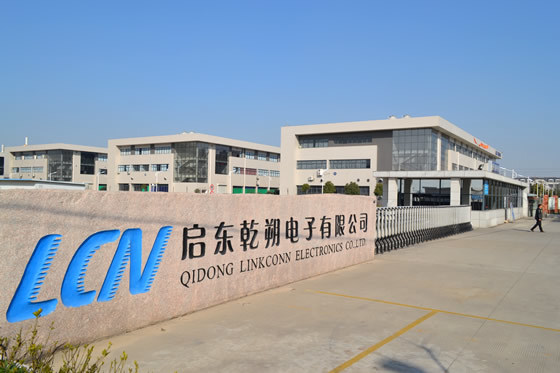
Analysis of China's Connector Market
Release time:
2021-11-12
According to Fleck Research, the number of connectors produced in China accounts for 34% of global demand. This article starts with analyzing the characteristics and product structure of the Chinese connector market, pointing out the technological development trend of the future connector industry, and predicting the market trend.
According to Fleck Research, the number of connectors produced in China accounts for 34% of global demand. This article starts with analyzing the characteristics and product structure of the Chinese connector market, pointing out the technological development trend of the future connector industry, and predicting the market trend.
In 2001, the global connector market showed a negative growth of 18.9%, with its total output value dropping from $31.6 billion in 2000 to $25.6 billion in 2001. Despite the sluggish global connector market, the Chinese market still stands out. According to Fleck Research, the number of connectors produced in China in 2001 accounted for 34% of global demand. Among the connector manufacturers in the market, in addition to local enterprises, enterprises in Taiwan, China accounted for 37.5%, and European and American enterprises accounted for 14.1%. With China's accession to the WTO, more and more international companies will relocate to China for production. This means there will be more opportunities for connector users in China to choose from. This article starts with analyzing the characteristics and product structure of the Chinese connector market, pointing out the technological development trend of the future connector industry, and predicting the market trend. It is expected that chip connectors, fiber optic connectors, IEEE1394 and USB2.0 high-speed connectors, wired broadband connectors, and fine pitch connectors will be the most popular products for various portable/wireless products in the future.
Characteristics of the Chinese market
In recent years, due to the rapid development of the upstream industry of connectors, the 3C industry, including computers, communication products, and consumer electronics, as well as data transmission business, have great potential for development in China. In 2000, the market size of connectors in China reached 7.25 billion yuan, an increase of 25.9% compared to 1999. In 2001, due to the influence of the international market, it only increased by 9.1% compared to 2000. Since 2002, the production of consumer electronics, optical communication, and network equipment products in China has grown rapidly, driving the development of the connector industry. It is expected that the demand for connectors in the Chinese connector market in 2002 will be 8.8 billion yuan, an increase of 11.3% compared to 2001. At the same time, foreign and Taiwan, China connector enterprises have invested and set up factories in China, which has rapidly expanded the production scale of connectors and reduced foreign imports. The resulting scale effect has also reduced the manufacturing cost of connectors.
At present, there are about 600 enterprises in China engaged in connector production or processing. State owned connector enterprises are generally not very large in scale, while private joint-stock enterprises and joint ventures are becoming larger and larger in scale, with investment increasing every year and rapidly occupying a large share of China's supporting market. The general scale of state-owned connector enterprises is relatively small, with 85% of manufacturers having fewer than 500 employees. China's labor-intensive products, such as wiring harnesses, end fittings, microswitches, power cords, plug sockets, etc., have certain advantages in the international market.
By comparing the data in Tables 1 and 2, it can be found that the connector industry in China has the following characteristics:
(1) Due to the large scale of China's electronic information industry, the demand for connectors in the connector market also ranks among the top in the world, accounting for 20% of the sluggish electronic information industry in the world
Related News

Mobile website
Shenzhen Linkconn Electronics Co., Ltd.
Tel:86-755-82943323
Fax:86-755-82966567
E-Mail:szlcn@linkconn.com
Add:15/F, Block E, China Resources Land Building, Hi-Tech Park, Nanshan District, Shenzhen, China
Copyright © 2023 Shenzhen Linkconn Electronics Co., Ltd.










